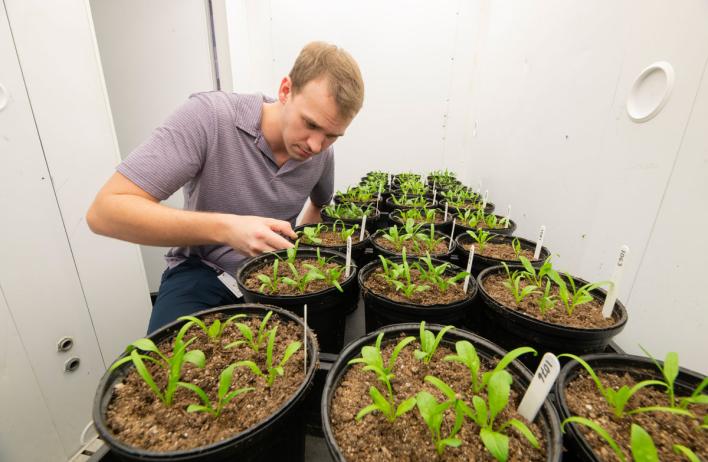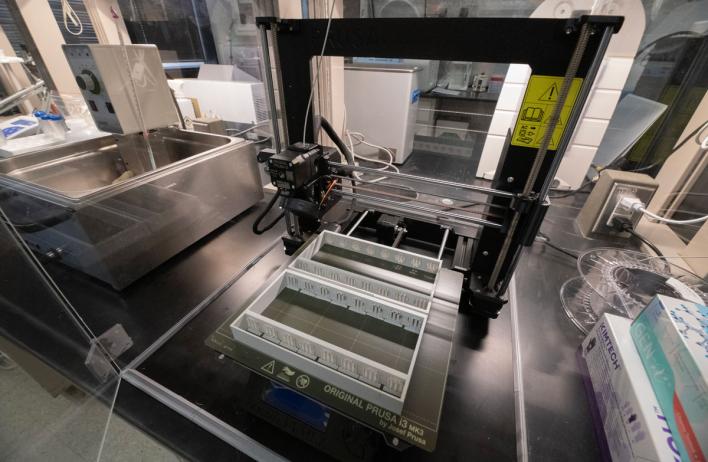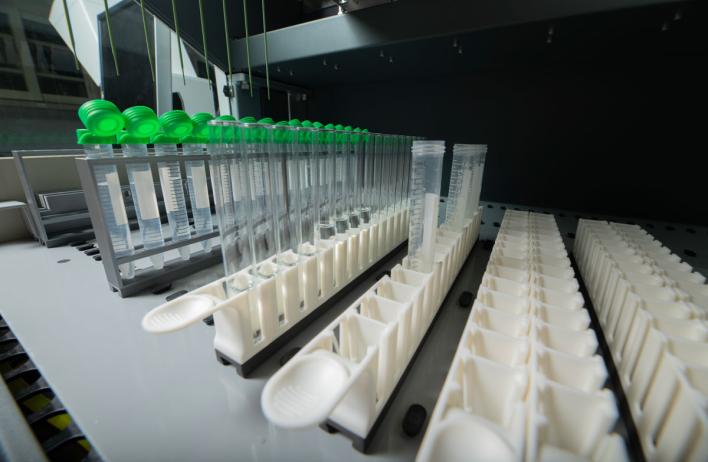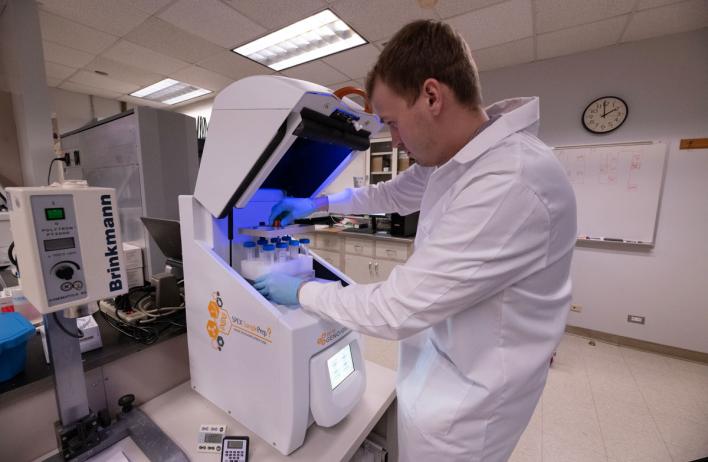



Why do some fruits and vegetables deliver more bioactive compounds than others?
Why do some fruits and vegetables deliver more bioactive compounds than others?
Currently, our group is focused on using controlled environment agriculture and in vitro approaches to better understand how to make plants more efficiently deliver health beneficial compounds. We are particularly interested in carotenoids (colorful pigments important for a variety of functions) and minerals which are abundant in many plant foods, but poorly absorbed. Defining components of the food matrix that influence their bioavailability is a key step to generating cultivars that more efficiently deliver bioactive compounds.
We are currently using spinach as a model system to study how the disconnect between phytochemical content and deliverability is affected by plant genetics and the environment in which they are grown. We are addressing our questions using a battery of analytical chemistry techniques coupled with validated cell culture techniques that mimic the body’s mechanisms for absorbing dietary chemical components. We seek to identify germplasm that deliver higher amounts of bioactive compounds and determine the genetic and chemical basis for this trait. Eventually, what we find in these studies may be applied to other crops to develop nutritionally enhanced varieties.








